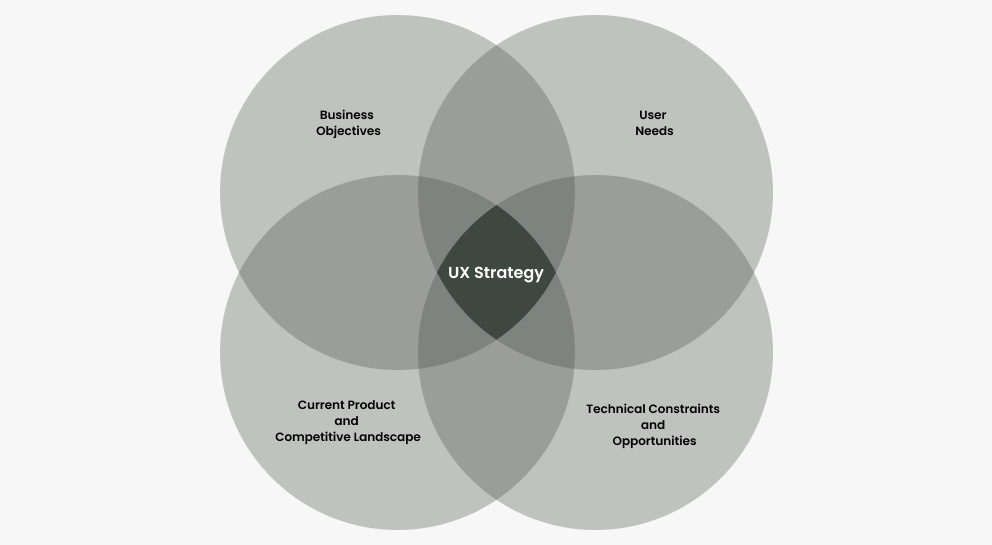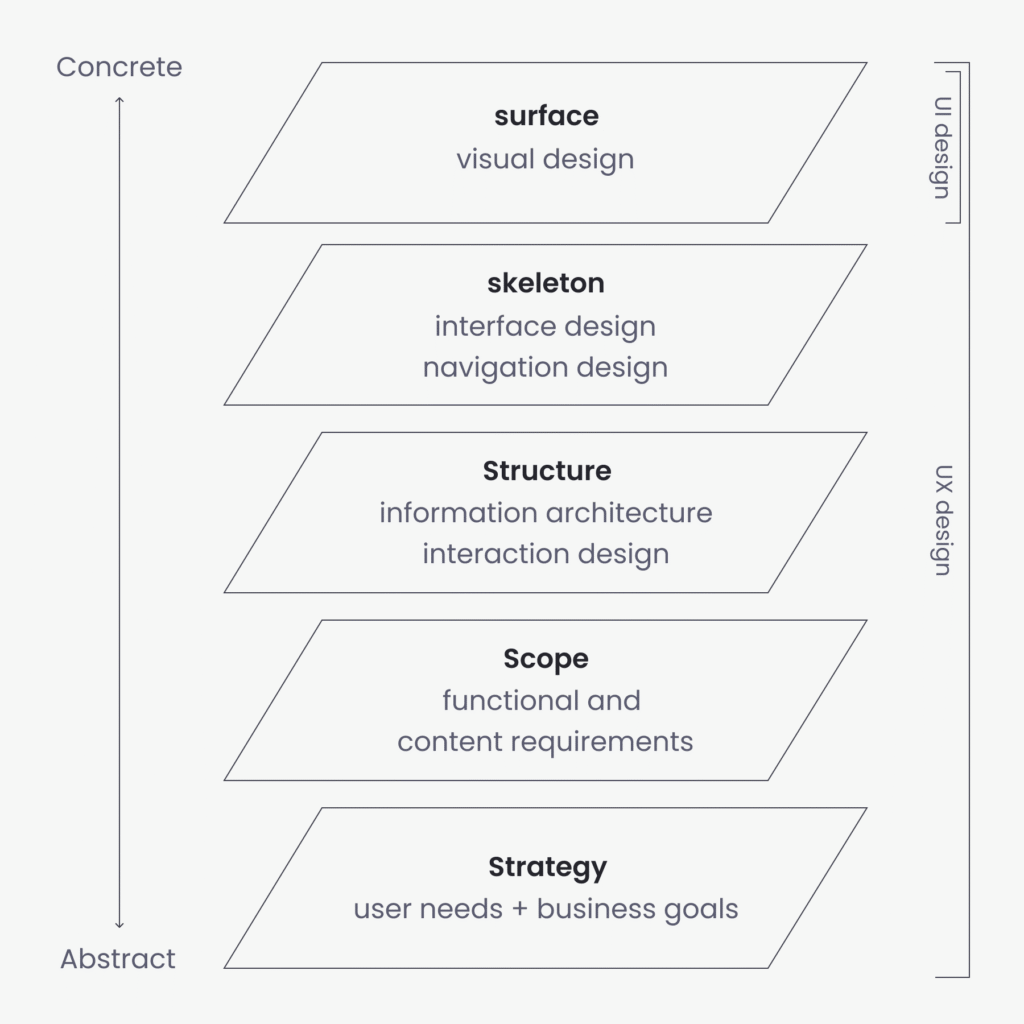Before You Redesign, Think About Your UX Strategy

As your startup grows, you might notice common problems: users aren’t converting, important features are being missed, or people are getting stuck during onboarding.
It’s easy to think the solution is a full redesign. But a new visual look often doesn’t fix these deeper issues and sometimes makes things worse.
Full redesigns can actually reduce usability. Especially if they’re based on guesswork rather than user insight. Small, focused improvements based on real data tend to perform better.
Instead of starting over, many startups see better results with a UX strategy: a clear, practical plan for improving the user experience in ways that support business goals.
The Real Problems Are Often Not Visual
UX (User Experience) can be a tricky concept to pin down. If you don’t have a UX specialist on your team yet, it’s easy to assume it’s just about making things more usable or cleaning up the interface. But UX goes deeper than that. It’s about how your product functions for real people. How clear the experience feels. How easy it is to complete tasks. And whether the way the product is built actually supports what users are trying to do.
The biggest friction points often have nothing to do with colours or layout. They show up in the way screens connect, the steps users have to take, or the features they never discover.
Jesse James Garrett’s Five Planes of UX framework explains that design decisions happen across five layers:
Strategy: Understanding what the business wants to achieve and what users actually need
Scope: Defining the features and content that will support those goals
Structure: Organising information and interactions in a way that makes sense to users
Skeleton: Designing layouts, navigation, and interface elements to guide the experience
Surface: Shaping the final visual details, including colours, typography, and branding
Most redesigns focus on the surface. But if the real issue is deeper, updating the visuals alone won’t solve the real problems.

Why a UX Strategy Works Better
UX strategy helps you move forward without starting from scratch. It’s a focused approach that uses real data, feedback, and goals to guide decisions.
By identifying where users get stuck, and prioritising improvements that support key business outcomes, you can make real progress without the cost and risk of a full redesign.
Small Changes That Drive Real Results
Some of the biggest UX gains come from small, focused improvements:
Simplifying key flows like sign-up, onboarding, or checkout to reduce friction.
Making important actions easier to find, such as “Get Started” or “Request Demo.”
Improving feedback when things go wrong, so users stay confident and in control.
These kinds of changes often have a bigger impact on activation, engagement, and retention than a full redesign.
How a UX Strategy Helps You Grow
A strong UX strategy doesn’t just fix today’s problems, it creates a foundation for faster, more sustainable growth.
By fixing issues at the root, you avoid building up design debt that slows your team down later. As new features are added, clear UX patterns help everyone move faster without constantly reinventing the wheel. Teams make better decisions when they have a shared structure to build on, instead of patching things together as they go.
It also becomes much easier to scale accessibility practices, ensuring that your product stays usable for a wider range of customers over time, not just when it’s convenient.
In short: UX strategy gives you the structure to grow without creating new problems along the way.
How to Start Thinking Strategically About UX
You don’t need a full roadmap on day one. But you can start by looking at your product with a fresh perspective.
Review user feedback with a UX lens. Are users describing confusion or frustration, even vaguely? That usually points to deeper usability issues.
Walk through one key user flow as if you’re brand new. What’s unclear? What takes too much effort?
These small actions can reveal patterns—and help you focus on areas where UX improvements will actually matter.
For a more structured starting point, many teams benefit from a UX audit. This takes a broader view of your product identifying friction points, usability issues, and areas where design and function are out of sync. A good audit gives you a clearer picture of what’s working, what’s holding users back, and what’s worth fixing first.
Final Thought
A full redesign might seem like progress, but it often misses the point.
The most valuable improvements usually happen below the surface, where user behaviour, product design, and business goals intersect. That’s where strategy lives. And that’s where growth happens.
Further Reading & Research
Nielsen Norman Group – outlines the risks of full product redesigns and explains why small, iterative UX improvements are often more successful and less disruptive. Incremental vs. Big-Bang Redesign
Interaction Design Foundation – explains how visual design fits within the larger UX picture, drawing on Jesse James Garrett’s five planes model to show how surface-level changes connect to deeper product decisions. The Relationship Between Visual Design and UX Design
Rethinking a redesign? Let’s talk strategy
A fresh look won’t fix deep UX issues. A clear plan will.
If you’re seeing drop-off or confusion, it might be time for a strategic UX review—not a full rebuild. Small changes could make a big difference.
<span data-metadata=""><span data-buffer="">What to expect
<span data-metadata=""><span data-buffer="">Reach out by email
Tell me a little about your product or any challenge you’re facing — nothing too detailed.
<span data-metadata=""><span data-metadata=""><span data-buffer="">Book a free 20-minute intro call
We’ll chat through things in more depth so I can better understand your goals and where I can support.
<span data-metadata=""><span data-metadata=""><span data-buffer="">I'll follow up with a suggested approach
After the call, I’ll take some time to reflect and put together a suggested plan based on what we discussed.
<span data-metadata=""><span data-metadata=""><span data-buffer="">You’ll receive a detailed proposal
If you’d like to move forward, I’ll prepare a full proposal with scope, timeline, and pricing.
